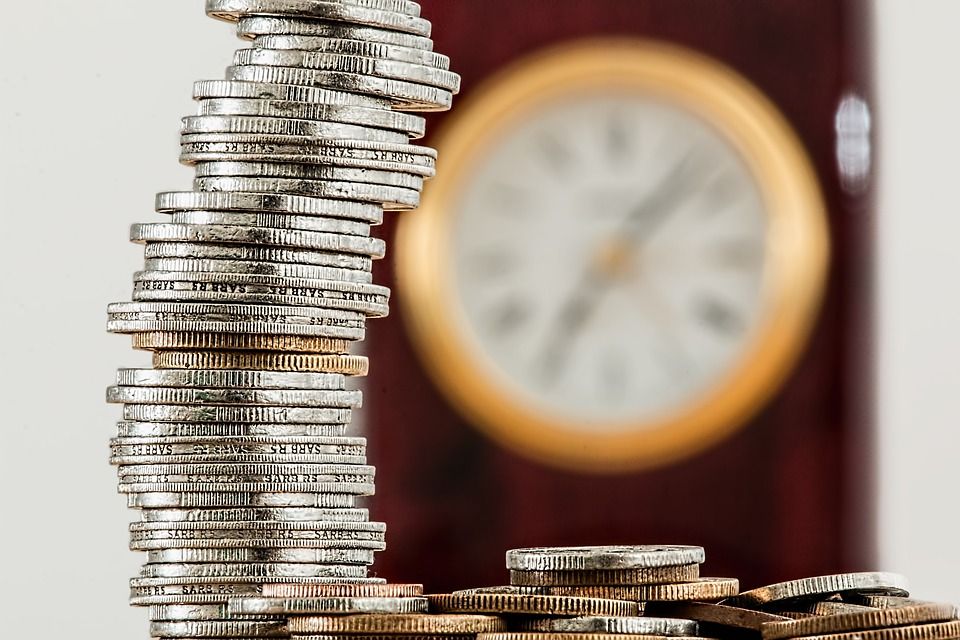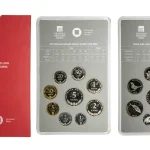November 25, 2023 – Last year, the 25 kuna coins with the Pelješac bridge motif quickly became a total sensation. Croats spent hours in lines waiting to buy their copies, as not many were made. And because of the relatively small number of copies, this coin has a good numismatic value. Soon, the same could happen to other kuna coins after the introduction of the euro as the new currency in Croatia.
According to data collected by the Croatian National Bank (CNB), writes 24Sata, by October 31 of this year, only 742,000,000 of the three billion coins in circulation were returned. Croatian citizens returned more kuna banknotes, so of the 500,000,000 pieces of banknotes in circulation, 436,200,000 were returned, or 87 percent.
On January 1, 2023, Croatia officially introduced the euro as the new currency, and citizens began exchanging their kuna for new euro coins and banknotes. More than 11 months have passed since the introduction of the euro, and the CNB has announced that Croats have returned only 25 percent of kuna coins.
The CNB reminds that until the end of this year, it will be possible to exchange kuna banknotes and coins at banks, the Croatian Post, Fina and the CNB, and thereafter kuna will only be able to be exchanged at the CNB. Kuna banknotes will be permanently exchanged for euros, while coins will be able to be exchanged until December 31, 2025 at the latest.
The First Croatian kuna Coins
The first Croatian coins were put into circulation in 1994, with 1993 was written as the year of issue. The last that were put into circulation bear the year 2022, just before the introduction of the euro.
The year of issue on the coins is on the back, below the main motif. Coins from five lipa to five kuna were issued and put into circulation every year, while there were some interruptions in the issuance of coins from one and two lipa. In certain years, these coins were produced only for sets and there are very few copies of them.
In certain years, special edition coins from one lipa to five kuna were issued dedicated to various events and anniversaries. 25 kuna coins first appeared in 1997 to be issued intermittently since then. Some years they were issued, and some not.
All in all, there are nine denominations, and with 25 kuna coins, there are a large number of coins that can be collected to complete the collection of the former circulating money of Croatia.
The most important factor that determines whether a coin is valuable or not is the quantity in which it was issued. The fewer there are, the more valuable and harder it is to collect. As a rule, coins were issued every year, but in different quantities. It is precisely these rare years that are interesting to collectors. Some are easy to find, others extremely difficult.
When it comes to kuna and lipa coins, it can generally be said that odd years are more common than even years. Coins with Latin inscriptions were mostly minted in smaller quantities than those with Croatian inscriptions. So collectors always keep the coins with Latin inscriptions because there are generally fewer of them than those with Croatian inscriptions. This can be taken as a general rule, however, each kuna and lipa denomination has its own specificities – explained Zlatko Viščević, editor-in-chief of the numizmatika.net portal.












